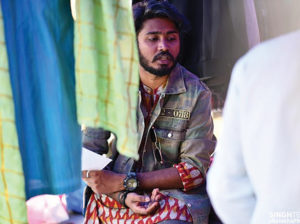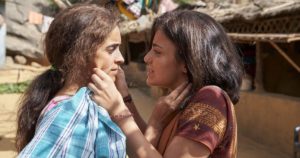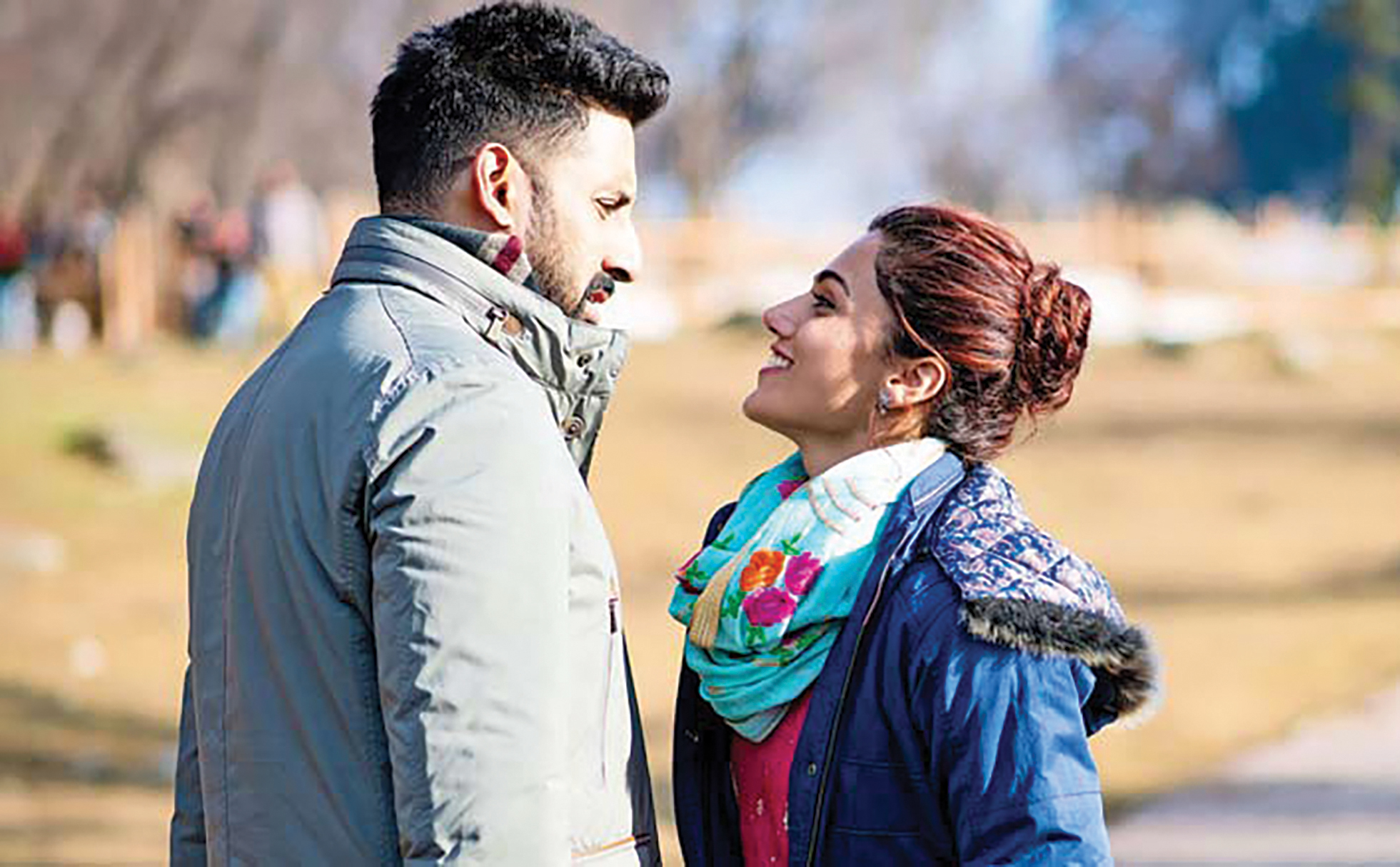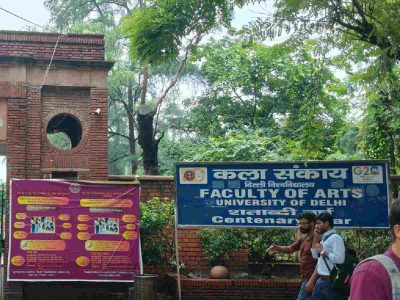The outfits worn by a character establish a number of facts about the personality, the community and the backdrop against which the movie is set
As we sit down in the comfort of our homes or the reclining chair of a multiplex to watch a movie, we prepare ourselves for all the amazement that the filmmaker has planned for us. A series of non-linear narratives come our way — be it the set design of the protagonist’s home, the recurring dancing twins who have nothing to do with the story or the bright neon lights in certain scenes — all directed towards projecting a vison in our minds.

Graphic images of how the director sees things unfold in a story, telling us who is in the film, what do they do and what do they seek. As various departments work towards creating this new world and the ones who live in it, there is one unit of costume design that stands by the director’s side from day one, once the actors are finalised. Their job is to help these working professionals become virgin characters in a situation with the help of costumes.
Remember Vicky Kaushal’s character change T-shirts in Manmarziyaan to convey a message to his love interest’s family in the film? And how Genda Kumari enacted by Sanya Malhotra in Pataakha catwalks around the village premises in her bright yellow outfit bought by her boyfriend? These are a few instances where clothing is used to create an identity of the characters in a story.
Many a times these film ‘looks’ sported by celebrities create trends for the mass market to follow. However, there are occasions where the scheme is to keep the costumes as authentic as possible, in fact understated, with an intent to portray the realities of a plot, transporting us to the very land these characters belong to.
In the first ten minutes of Manmarziyaan, what is striking about Rajbir Bhatia’s character (aka Robbie played by Abhishek Bachchan) is his arrival at Amritsar airport as he returns from London. A bunch of friends wait to turn a ‘cut surd’ into a faith-abiding theist as they tie him the holy turban before he exits the airport and faces his parents. “It was a crucial point in the film where he meets his family after a long time and wants to come across as an obedient son,” says Prashant Sawant, the principle costume stylist for the film.
Sawant, who bagged the project as a department head, has earlier assisted in films like Ladies vs Ricky Bahl, Mukkabaaz and the coveted Netflix series Sacred Games. Manmarziyaan is his first independent project, something he wanted to do irrespective of the scale of the film. “I told Anurag that I wanted my own film and it happened with this one,” adds Sawant.
He further explains how he and his team started working on creating looks for the movie. “We first receive the script of the film for us to understand the characters and what their dialogues are like. It helps us know these people, their nature and that’s how we start thinking about the wardrobes,” says Sawant.
The personality of Rumi (one of the characters in the movie), a tomboy residing in Amritsar, reflects well through her attire. In the beginning, she wears a kurta and salwar paired with a hoodie, giving her a sporty edge, as she plays hockey in the film. Post marriage, her look is softened with the addition of sheer embroidered dupattas.
Every bride goes through a change of wardrobe and Rumi makes this evident with her choice of clothes, although her running shoes stay with her even at her honeymoon where she goes for a run as soon as she reaches the destination. “Shoes kept her identity intact even after she got married. I am amazed that people noticed this detail,” shares Sawant.
“We were given 15 days to put together the looks for various characters, before the shooting started. We went on to create a classy look for Abhishek’s character and a funky one for Vicky’s and made sure that their looks did not clash visually,” tells Sawant who is currently back at assisting for the second season of Sacred Games.
“For me, these layers help build a strong character that in turn helps the story move forward.” His favourite part was styling the vibrant looks that Vicky sported in the film, one of which is where Sawant stylied him in a shirt that shows a middle finger to Rumi’s family — a way to bypass CBFC’s filters. It is an Anurag Kashyap film after all.

Kirti Tiwari, a costumes assistant on the film Pataakha, takes us through her journey of finalising the wardrobes for the cast of the film. “We had 15-20 looks ready for the main characters but being from a village they were not supposed to have too many options,” describes Tiwari who worked on a feature film for the first time, assisting the lead stylist Karishma Sharma.

The idea was to create looks for people living in a small neighbourhood of Rajasthan. “Places like Mount Abu, Ahmedabad and Rausi were visited to do sourcing for the fabrics to create looks for the main female characters in the film,” adds Tiwari. Being a Vishal Bhardwaj film, it required the characters to have a genuine appeal where they wore the exact skirts and blouses that the girls in a Rajasthan’s suburb would wear.
“There is a process called aging where the outfits are washed multiple times to make them look worn-out. We needed the clothes to match with the behavior of these girls in the film,” Tiwari says.
The outfits were created out of dupattas, sarees and also with curtains in some cases — this is how far the costumes team went for the film. “After marriage, these girls are seen in a typical Rausi loongda. It has a peculiar style and we made sure that it translates onto the screen without any unnecessary glam.”
Tiwari, who worked on the film for a total of 30 days over a span of four to five months, shares her experience of costume designing in the film industry. “The idea of costumes is to give a sense of the community a character belongs to, of their nature and to add details to a storyline. Not always do you get to see real characters onscreen. Janhvi Kapoor’s character in Dhadak, who is a small-town girl, wore Manish Malhotra in the film,” says Tiwari. She adds that there are movies where not much thought is given to the styling of the characters.
With the industry being open to films that truly depict various communities in India, the makers continue to keep details like costumes real, devoid of any unwanted glamour in it.





